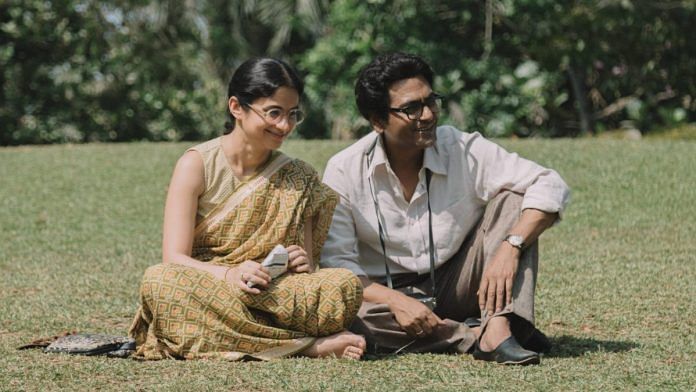It is true that Safia Deen would not have been known had she not married Saadat Hasan Manto and become Safia Manto. She stood by him through the best and worst of times. So little is known and even less written about the women who have unflinchingly supported their celebrated men. Manto chose to write very little about ‘regular women’. His empathy lay more with those who were judged and shunned by society.
Manto and Safia were both born on 11 May (1912 and 1916 respectively), wore black-rimmed glasses, were of Kashmiri origin and both their names started with an ‘S’! But the similarities probably ended there. He was a man of fine taste who loved his silver-capped Sheaffer pens and gold-embroidered juttis. He wanted nothing but the best, even when his earnings were meagre. Safia on the other hand was simple to a fault and needed less and less as their hardships grew.
What began as an arranged marriage in Bombay in 1936, about which he wrote in the essay titled ‘Meri Shaadi’ (My Wedding), soon turned into a strong relationship and camaraderie. After a few years, they went to Delhi for Manto’s stint at the All India Radio. It was there that they lost their first child, Arif. It devastated them, but also brought them closer. They then returned to Bombay to spend some of their best days together, and went on to have three daughters whom they both adored. Unlike many writers and artists who have had muses galore, Manto was a ‘family man’. This was quite uncharacteristic for a writer who defied norms and challenged social morality. Manto’s progressiveness was reflected in his relationship with his family. He would iron Safia’s saris, braid her hair when she was unwell, cook at a time when men seldom entered the kitchen, and would also feed their daughters. He read out his stories to Safia and took her to all the literary gatherings. He insisted that Safia call him by his first name, which his mother vehemently disapproved of. So, Safia found a good middle ground and decided to address him as Sa’saab (short for Saadat sahab)!
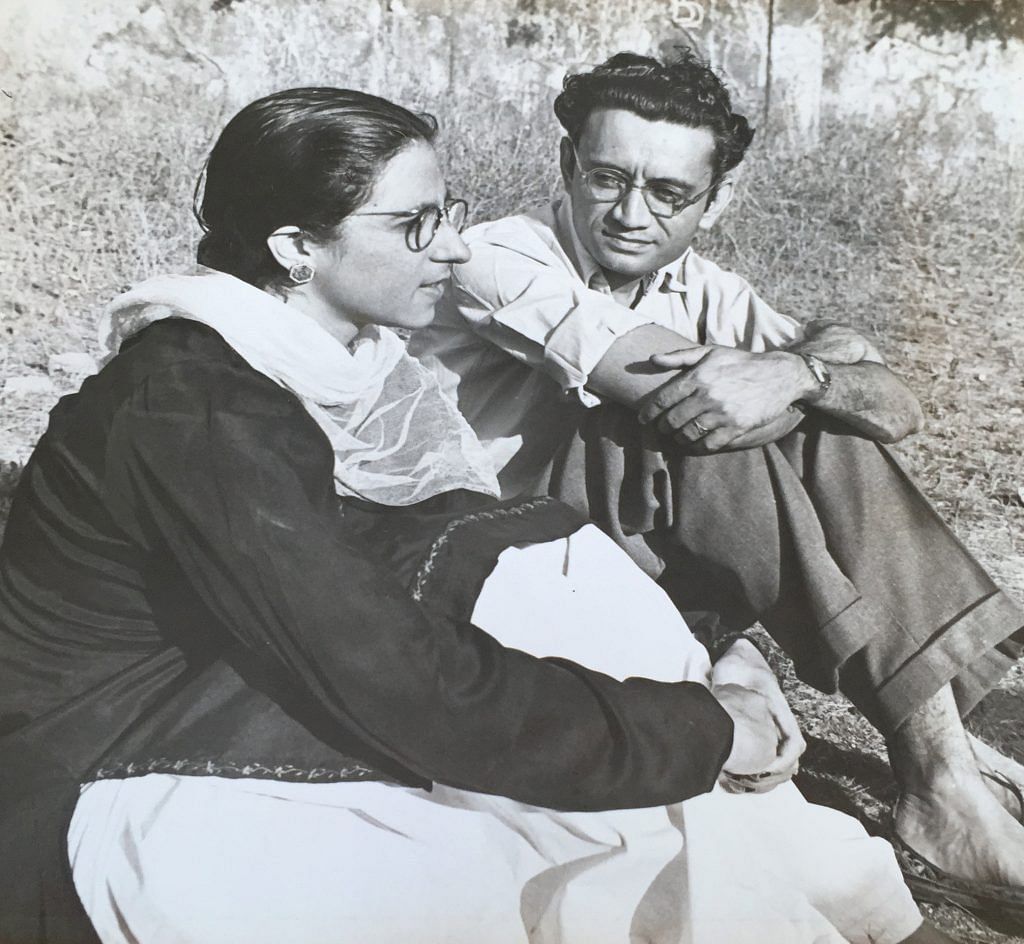
Also read: Saadat Hasan Manto, lover of fountain pens, shoes & alcohol, who was the voice of Partition
Manto’s decision to move to Lahore after Partition remains largely a mystery. And while many have made their conjectures, as I have in the film, there is no question that the move led to great hardship. Probably more so for Safia, who had to bear both her pain and his. Manto’s mind and body were ravaged by cheap alcohol as the trauma of Partition seeped into him and the loss of his beloved Bombay became a reality. Repeated court cases relating to the alleged obscenity in his stories sent him spiralling downwards, leaving little hope for Safia.
Even after probing, I did not get much beyond the fact that Safia was a very soft-spoken and gentle person. The family shared many accounts of her being a supportive wife and caring mother. But I wanted to know more about how she coped with a man whose writings invited court cases, who was sliding into alcoholism, and was broke more often than not. I couldn’t imagine her not ever being upset, angry and frustrated. I took the liberty of making my Safia feistier than she probably was. I told myself that all I was doing was letting her express her feelings. It was a decision triggered by an anecdote that her sister, Zakia khala, shared with me. She told me that in the last couple of years before Manto died, Safia had developed a skin rash all over her body that had no obvious cause. It miraculously vanished a month after Manto died. It is not uncommon for emotional stress to find a physical outlet. So, I showed this in a scene to reflect her anxiety.
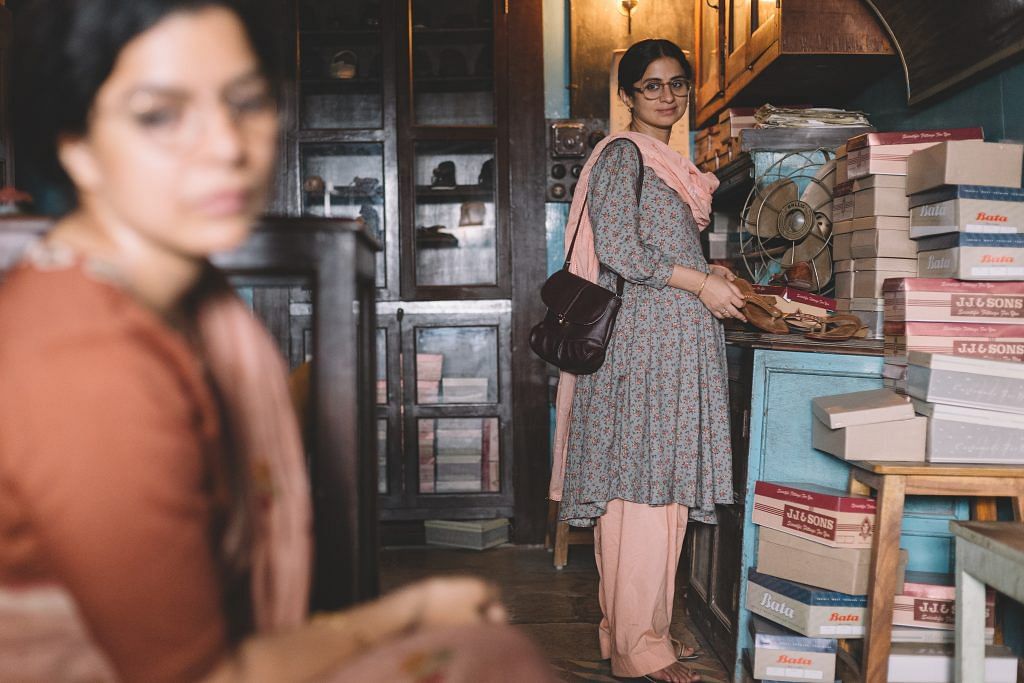
Safia was often his first reader. I was intrigued to find out that he once published a short story called ‘Hameed aur Hameeda’ and attributed it to her! My understanding of Safia was primarily through her family and others, as the books were of little help. Something that stood out for me in their relationship was that this explosive and outspoken man never once raised his voice at Safia and was always quick to say sorry whenever he erred. Knowing Safia has been no less interesting than it has been to know Manto.
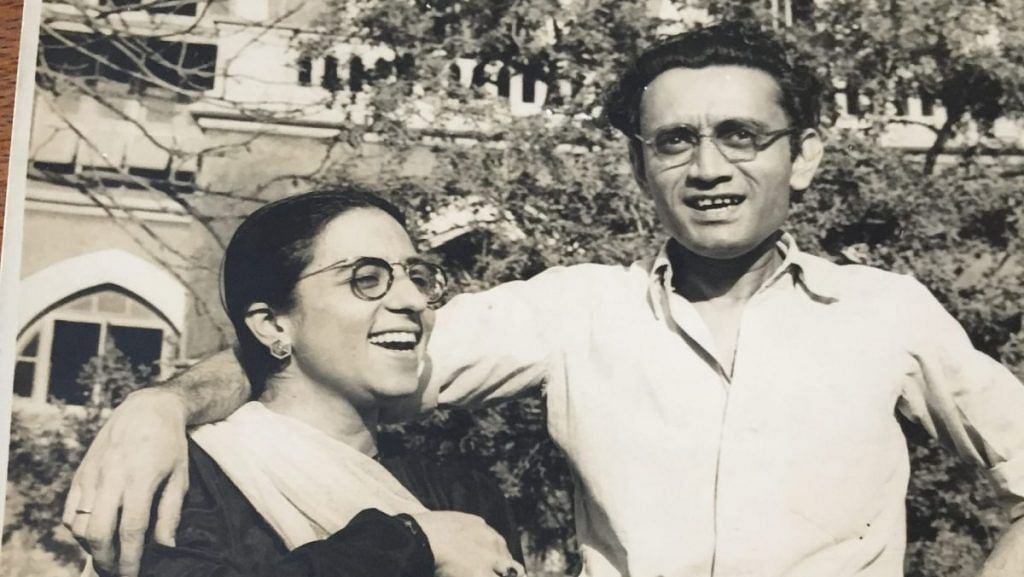
Also read: What it was like to be on the sets of Nandita Das’ Manto
As Safia lived for more than two decades after Manto passed away, the family had many more memories of her than of Manto. Nuzhi apa shared a conversation her mother once told her about. During their difficult times, sensing Safia’s anxiety, Manto had said, “I am writing enough so you never starve.” She had uncharacteristically retorted, “It is because of your writing that we will starve.” This incident gave me a deeper insight into Safia’s angst which helped me develop her character beyond the information I had. Seldom have I used lines exactly as they were, but this conversation directly made its way into a scene. In a film, it is important that not just the protagonist, but all the other key characters are well rounded, fleshed out and believable.
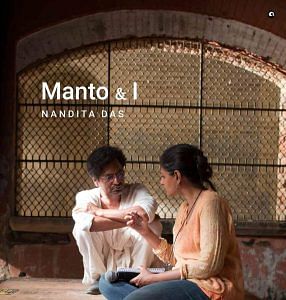 This excerpt from Manto & I by Nandita Das has been published with permission from Aleph Book Company.
This excerpt from Manto & I by Nandita Das has been published with permission from Aleph Book Company.



